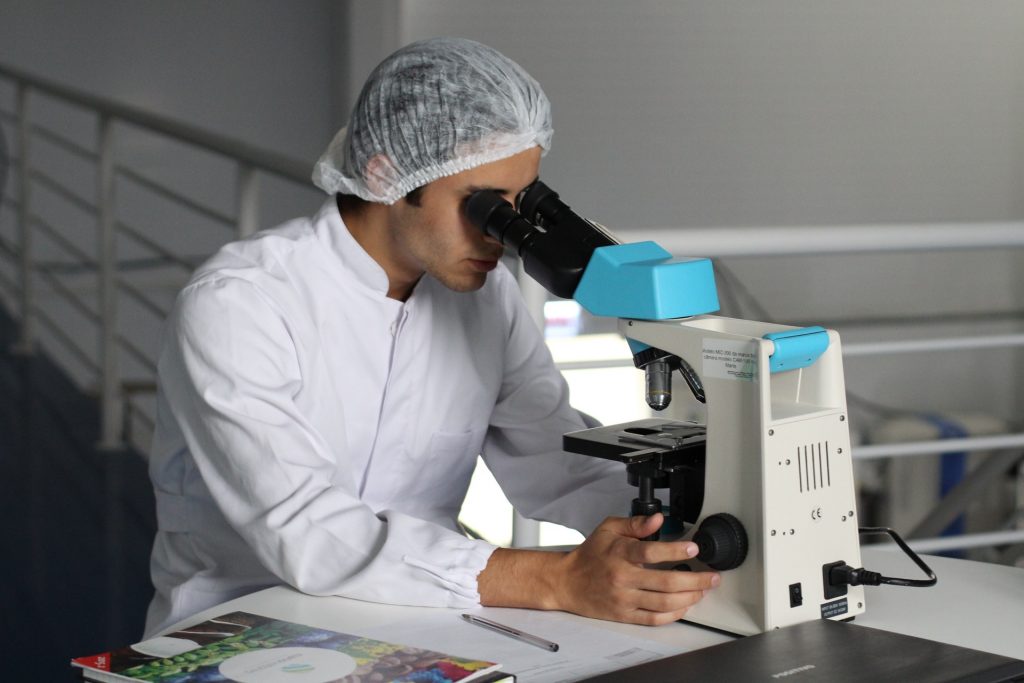A 5-Part Guide to Early Dementia Detection – Part 4: The Role of Research

Welcome to Part 4 of our 5-Part Guide to Early Dementia Detection. At this point, we have examined early detection in terms of its definition, associated statistics, benefits, and effective methods. In this section, we will focus on the research efforts that have given us this knowledge.
Scientific findings are the backbone of all medical knowledge, but far too often the public is asked to simply accept the conclusion without organizations providing easy to digest information about the research itself. This is because most reports of scientific studies are rigidly formatted to adhere to the submission requirements for academic journals. In response to this deficit, we will examine two new pieces of research that could prove to be important in advancing early dementia detection, with an emphasis on providing a clear and concise explanation of the entire research process.
A Link Between Frailty and Dementia

Image via Pexels
One of the more mystifying findings in Alzheimer’s disease research has been that some people develop the protein deposits that are associated with the condition but do not display the other symptoms, like cognitive impairments and movement problems. In a new study, researchers theorized that frailty (physical weakness and fragility) may be linked to the difference between those with plaques who express other Alzheimer’s symptoms and those who do not.
To test this theory, they looked for Alzheimer’s plaques in the postmortem brain examinations of over 450 people and searched their medical records for evidence associated with frailty. Statistical analysis revealed that being frail was related to Alzheimer’s disease in two distinct ways. Firstly, frail people were more likely to develop Alzheimer’s disease than those who were not. Secondly, it appears that the presence of Alzheimer’s plaques is more often associated with other symptoms when a person is also frail. Future research may find that frailty is an early sign of Alzheimer’s disease, providing a new target for early detection methods.
The Effects of a Leaky Blood-Brain Barrier
The brain is a highly delicate organ that requires extra protection within the body. To accommodate this need, some animals (like humans) evolved to develop an enclosure known as the blood-brain barrier (BBB). This structure separates the brain and the rest of the central nervous system from the body’s regular blood supply and prevents the entry of several potentially harmful substances (like large proteins that can cause “clogs”). It is made of several types of cells and tissues, with the brain eventually receiving its required blood through a series of tiny blood vessels called capillaries.
Researchers have recently discovered that leaks in the capillaries of the BBB could play a role in the development of Alzheimer’s disease and other forms of cognitive impairment. They reached this conclusion after completing a 5-year investigation of 161 older adults. Using brain imaging technology, it was found that leaky BBB capillaries were associated with an increased risk of developing Alzheimer’s disease and worsened cognition independent of Alzheimer’s disease. Accordingly, the BBB is becoming a new target for dementia treatments, and the earlier detection of dementia may become possible by monitoring the BBB for developing impairments.
Up Next: Conclusion and Looking Forward
We have almost completed the journey through our 5-Part Guide to Early Dementia Detection. In this article, we examined a couple of research findings that may prove to be important contributors to early-detection efforts in the future. Everything we have discussed thus far, from the definition of early detection to the methods in use (like the BrainTest® app), has been made possible by similar research efforts. In the upcoming conclusion, we will review the most important points from our guide and look to the future of early dementia detection.


